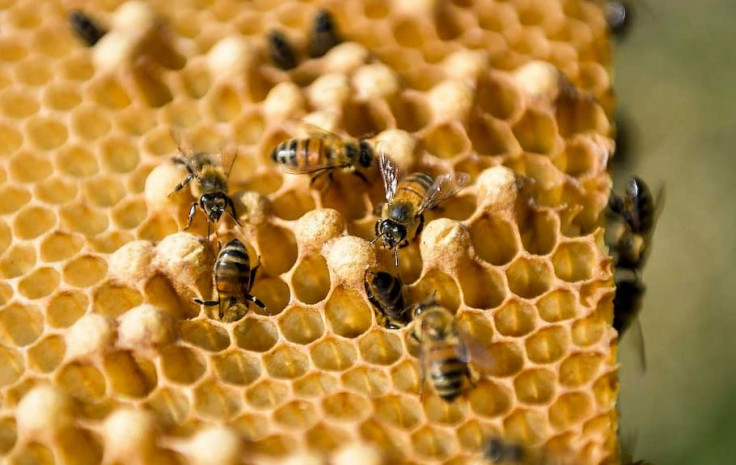One Million Animal And Plant Species At Risk Of Extinction

Humans and their relentless planet-changing activities are accelerating the extinction of over one million plant and animal species and are putting the world's biodiversity at perilous risk.
A landmark report by the Intergovernmental Science-Policy Platform on Biodiversity and Ecosystem Services (IPBES), a UN committee, and written by 145 experts from 50 countries contended that one million of the estimated 8 million plant and animal species on Earth are now at risk of extinction.
The IPBES report said many of these species will become extinct within decades. The global rate of species extinction "is already tens to hundreds of times higher than it has been, on average, over the last 10 million years," said the report.
Shrinking habitat, the relentless exploitation of natural resources, worsening climate change and unstoppable pollution are the main drivers of species loss. They are threatening more than 40 percent of amphibians, 33 percent of coral reefs and over a third of all marine mammals, according to the IPBES report.
Humans are the main cause of biodiversity damage. They’ve altered 75 percent of Earth's land and 66 percent of marine ecosystems since pre-industrial times.
The report underlined the disastrous impact of population growth and rising demand for materials. It also noted that the world's population has more than doubled (from 3.7 to 7.6 billion) over the last 50 years, and gross domestic product per person is four times higher. More than a third of the world's land and 75 percent of freshwater supplies are used for crop or livestock production.
"(There is) very little of the planet left that has not been significantly altered by us," Sandra Diaz, co-author of the report and professor of ecology at the University of Córdoba, said.
Experts said this report is the most accurate and comprehensive assessment yet of the damage humans are inflicting on the planet. They also warn nature is declining at "unprecedented" rates, and these changes put people at risk.
"Protecting biodiversity amounts to protecting humanity,” UNESCO Director-General Audrey Azoulay said.
For his part, IPBES chair Sir Robert Watson said the report depicts "an ominous picture.”
“The health of ecosystems on which we and all other species depend is deteriorating more rapidly than ever," Watson added. "We are eroding the very foundations of our economies, livelihoods, food security, health and quality of life worldwide.”
The report listed a number of key global threats, from humans' use of land and sea resources to challenges posed by climate change, pollution and invasive species.
"Insects pollinators are unfortunately an excellent example of the problems caused by human activities," Scott McArt, an entomology professor at Cornell University, pointed out.
He said there’s actually a newly coined phrase for insect declines — the “windshield effect” — owing to the fact that if you drove your car at dusk 30 years ago, you’d need to clean the windshield frequently, but that's no longer the case today.
Below is a list of the harm humanity has done to the planet and the animal and plant species that co-exist with it:
- 10 percent of insect species are threatened with extinction.
- About half of all live coral reef cover lost since the 1870s.
- 75 percent of the land environment and some 66 percent of the marine environment have been significantly altered by human actions
- Up to $577 billion in annual global crops are at risk from pollinator loss.
- More than a third of the world's land surface and nearly 75 percent of freshwater resources are used for crops or livestock.
- 60 billion tons of renewable and nonrenewable resources are now extracted globally every year.
- 23 percent of land areas have reduced agricultural productivity due to land degradation.
- About 25 percent of greenhouse gas emissions are caused by land clearing, crop production and fertilization.
- Urban areas have grown more than 100 percent since 1992.
The report also noted that plastic pollution has increased tenfold since the 1980s. From 300 million to 400 million tons of heavy metals, solvents, toxic sludge and other industrial wastes are dumped into the world's water systems.



























